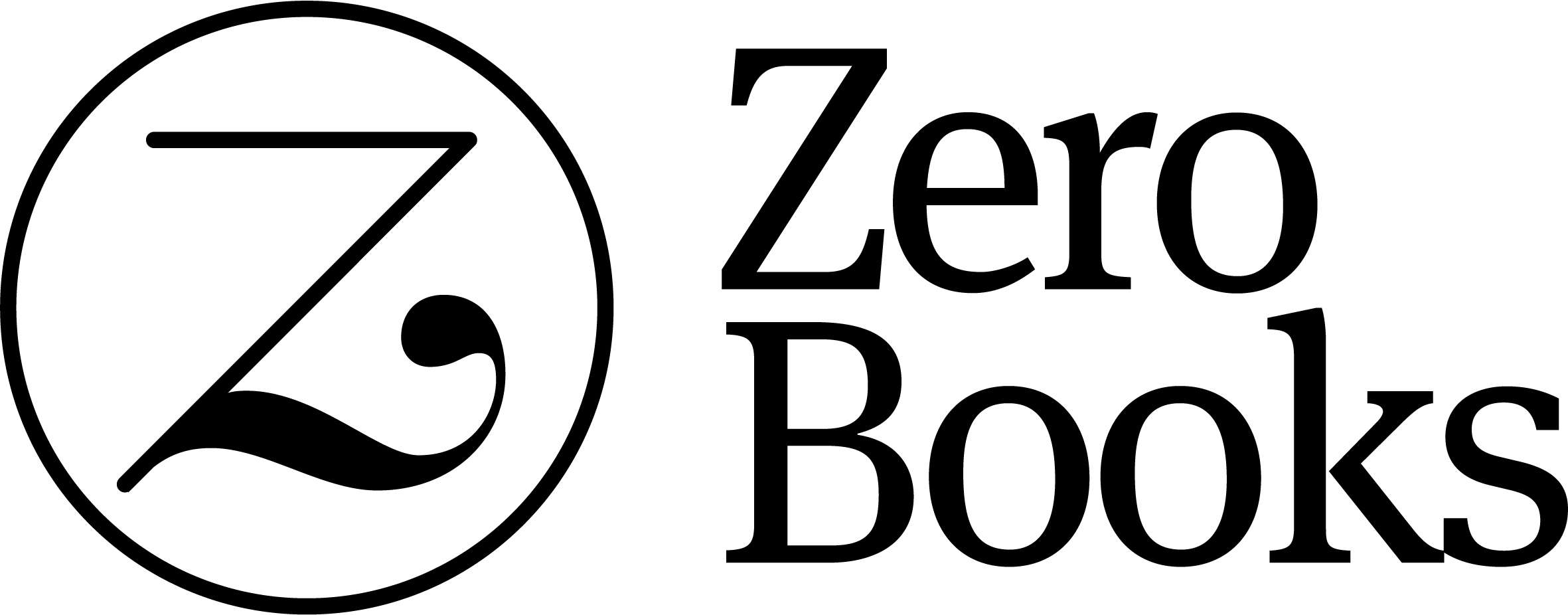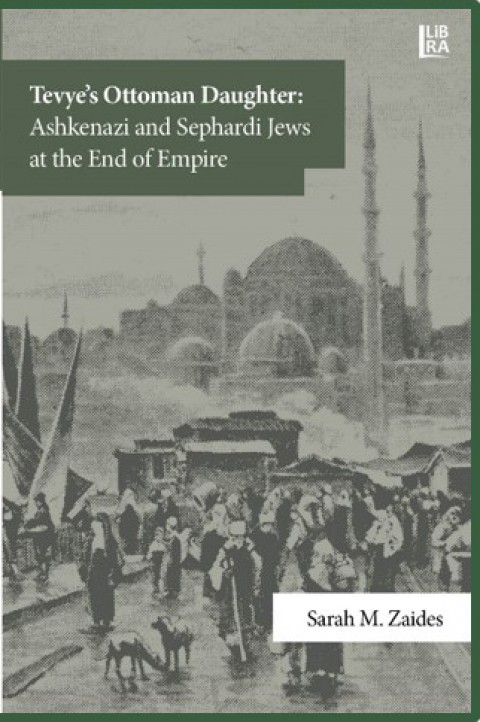In existing scholarship on Jewish subjects of the Russian Empire, there were three typical fates available to Russia’s Jews on the eve of the Bolshevik Revolution: they could remain in the shtetl, leave for a new life in America, or participate in the Russian Revolution. Tevye’s Ottoman Daughter traces a fourth path, following the saga of Ashkenazi Jews who instead crossed the Black Sea to join their Sephardic coreligionists in the Ottoman capital of Constantinople and later Istanbul, or who joined agricultural farming communities in the Western Aegean sponsored by the Baron Maurice de Hirsch’s Jewish Colonization Association. There, they considered, and reconsidered, the possibilities open to them, including eventual migration to Palestine, Western Europe, North America, and Argentina. Others stayed and forged a new life as an Ashkenazi minority in Istanbul, creating new organizations, places of worship, and political practices. These Russian Jewish migrants give us insight into the ethnic, religious, and political challenges and aspirations twilight years of the Ottoman Empire on the brink of Turkish statehood.
ABBREVIATIONS ................................................................................................................... 11
ACKNOWLEDGEMENTS ..................................................................................................... 13
INTRODUCTION ...................................................................................................................... 15
Paths of Migration and Difficulties of Religious Designations ........................................ 23
Confronting Archival Silences: Jewish History, Historiography,
and the Limits of an Archive ........................................................................................... 32
Sources, Methods, Memory, and Memoir ........................................................................... 39
A note on terminology ............................................................................................................. 42
PART I:
CONSTANTINOPLE
1890-1923
Chapter 1
"Los Rusos" in the Jewish Entrepôt ..................................... 45
Russian Jews and Sephardi Jews in Constantinople ........................................................ 52
French Jews, Turkish Jews—and Russian Jews ................................................................ 56
Conclusion ................................................................................................................................. 65
Chapter 2
Tevye's Ottoman Daughters: Ashkenazi Jews, Sephardi Jews, and the
"White Slave Trade" in Constantinople .................................. 67
The Oriental Port and its Orientations ................................................................................ 73
Moral Vernaculars and the Transnational Debate over White Slavery ........................ 80
German Jews and German Jews in Constantinople .......................................................... 83
Women of Virtue, Women of Valor: Sephardi and Ashkenazi Jewish Women in Constantinople, the Alliance, and Combating Immorality .......................................................................................................................... 86
The Balkan Wars and the Filth of Galata ........................................................................... 92
The End of Or Chadash and the New Ashkenazi Leadership ........................................ 96
Chapter 3
"The National Awakening?"
Ashkenazi Jews in Constantinople ........................................ 99
Two Chief Rabbis and Two Communities?
Moshe Halévy and the Baş Haham ..................................................................................... 104
Rabbi Markus, the Baş Haham, and the B'nai Brith Lodge .......................................... 108
Young Turks, "Young Jews," and the Inheritors of the 1908 Revolution .................. 112
The Committee of Union and Progress and the New Jewish Press .............................. 114
Ottoman Brothers? El Tiempo Predicts a Schism ............................................................ 118
The Agreement of 1912 and the Politics of Two Chief Rabbis ...................................... 122
The First World War and the End of Haim Nahum's Post .......................................... 125
Conclusion ............................................................................................................................... 131
PART II:
THE OTTOMAN BORDERLANDS
1890-1923
Chapter 4
A Nursery Ground for Palestine?
"Jewish Agriculturalists" in the
Ottoman Borderlands ................................................ 139
Immigration, Territorialism, Zionism ............................................................................... 148
The Case for Settling Anatolia: The Baron de Hirsch, Theodor Herzl,
and the Jewish Colonization Association .................................................................... 150
Strange Bedfellows: The Russian Empire, Arnold White, and the
Case for Agricultural Settlement .................................................................................. 154
Joseph Niego, Mikveh Israel, and the Jewish Colonization Association .................... 164
Or Yehuda and the Colonies of Western Anatolia ......................................................... 169
Love, Labor, and Zionism: Albert Kant and Tikfour Tchiflik ..................................... 180
The End of the Jewish Colonization Association in Western Anatolia and
"Enchanting Constantinople" ....................................................................................... 189
EPILOGUE .............................................................................................................................. 193
.... Reorienting Jewish Geographies ................................................................................. 193
BIBLIOGRAPHY .................................................................................................................... 203
INDEX ...................................................................................................................................... 213
465




